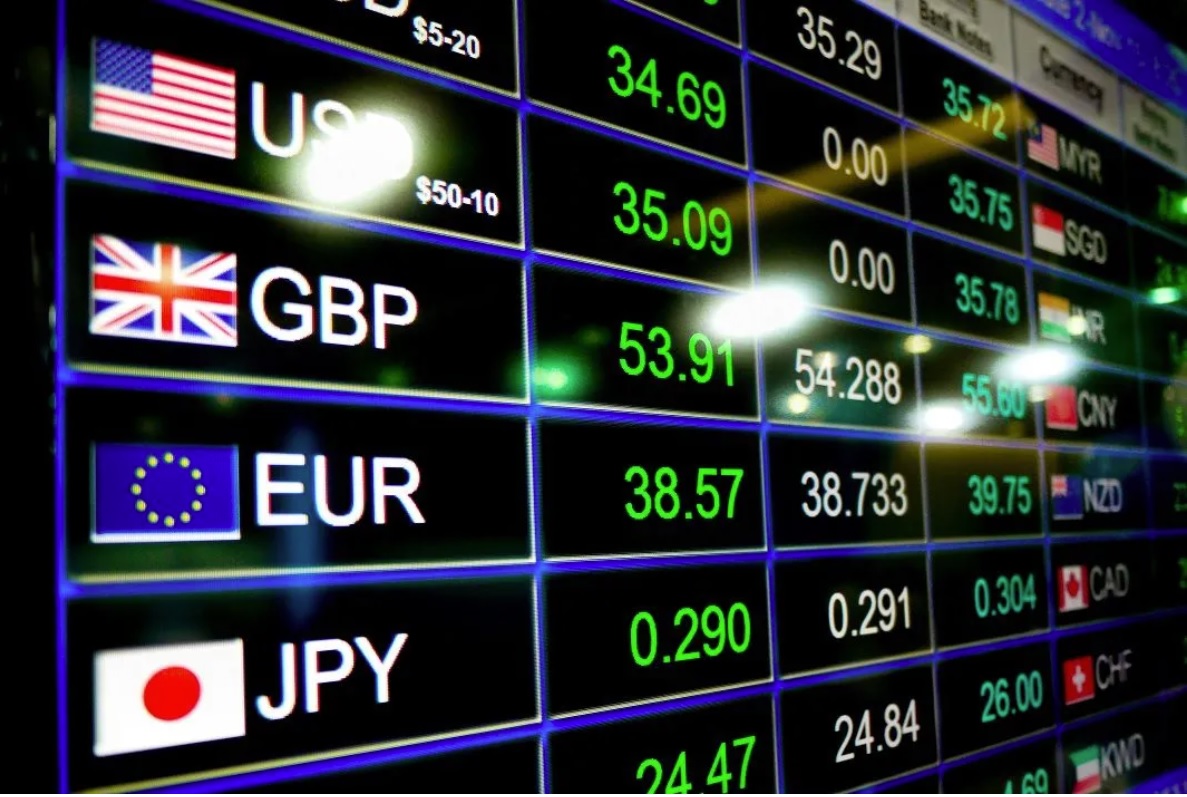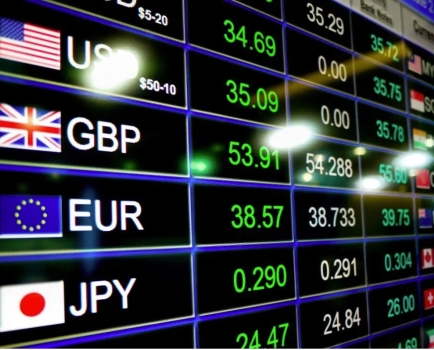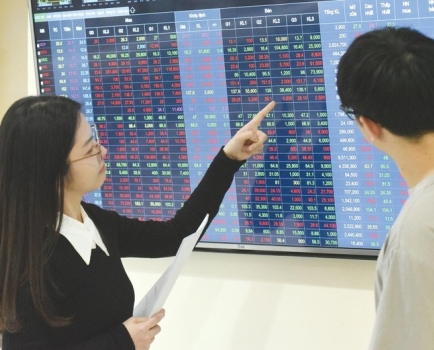Two instances of currency valuation
Wed, 22 Jan 2025 15:32:00 | Print | Email Share:
The role of currency valuation within G10 currencies would appear very limited. But many analysts think there are two instances when valuation might be useful.
 When we think about ideas around currency valuation, we normally look at concepts such as Purchasing Power Parity (PPP)
When we think about ideas around currency valuation, we normally look at concepts such as Purchasing Power Parity (PPP)
When we think about ideas around currency valuation, we normally look at concepts such as Purchasing Power Parity (PPP), which relates appropriate currency levels to relative price or wage differentials. Another method pulls in balance of payments factors with excessively overvalued currencies, for instance, thought to have unsustainable external positions. It is assumed that, while long periods of significant overvaluation or undervaluation are possible, indeed likely, there is some form of natural equilibrating mechanism that pulls currencies back towards more appropriate levels given time.
Does this seem to work in practice? Not really; at least not in terms of G10 currencies. It may be different for very high-inflation countries within emerging markets, but for G10 currencies, these valuation measures seem to mean very little. So, the fact that the US dollar appears mostly overvalued against other currencies, and especially against the yen, would seem to count for very little in most people’s minds.
Even at an official level, there is limited recognition of ‘equilibrium’ exchange rates. The US Treasury, for one, compiles an FX report twice a year to root out those countries that are deemed to be acting unfairly by manipulating their currencies, for example. However, the report stipulates that those acting unfairly do so by excessive currency intervention, with no regard as to whether the currencies are excessively undervalued as a result.
In other words, it is the manipulation through intervention that is key, not the currency’s level. U.S President Trump has seemingly instructed Federal investigators to determine whether the likes of China, Mexico and Canada are acting in accord with their trade agreements with the US; not whether their currencies are excessively undervalued. So, we can see from the US, at least, that currency valuation is not necessarily key. Does all this suggest that there’s little point in trying to work out ‘equilibrium’ exchange rates as there’s no natural mechanism to get currencies back to where they 'should’ be and because policymakers take little notice? Steven Barrow, Head of Standard Bank G10 Strategy, said this would be wrong. He thinks valuation concepts are useful in two ways.
The first is that, whatever they might say, central banks are much more likely to intervene when currencies become excessively overvalued (think the SNB), or undervalued (the BoJ). This can be a useful guide to the market.
The second sense in which keeping valuation in mind occurs when currencies reach what might be perceived as ‘extremely’ undervalued or overvalued levels. Even where intervention is not likely from the central bank, market sensitivity changes when currencies reach levels that are thought to be far from equilibrium.
To see this, think about euro/dollar at the moment, which is currently around 1.03. Where is the next ten big figures going to come from? Will it be a rally to 1.13, or a slump to 0.93. Nobody knows the answer but if you look at forecasts in the Bloomberg survey, for instance, there are plenty of analysts who see a move up to 1.13, or above over the next year, but none for 0.93, or below. What about the dollar/yen? Where’s the next 20-year move going to be? No forecasters see it at 175 compared to the current level of 155, but plenty see 135. Are these views just down to the fact that the fundamentals for the US dollar are poor? Surely not. It is largely due to the fact that the dollar seems too high, and if analysts think like that, it seems very probable that investors do as well. What does this all mean in a practical sense?
In Steven Barrow’s views, it probably means that it might only take moderately bad news about the US dollar to produce a notable fall, while good news produces much more limited upside. That might bode well for the US dollar in time, but the problem, of course, is that there’s not much bad news around for the US dollar at the moment. Nonetheless, the slump in the US dollar when the market was relieved by no immediate tariff announcements might just be a sign that the market is primed to leap on any news that might seem detrimental to the greenback.
By: NGOC ANH/ Business Forum Magazine
Source: https://en.diendandoanhnghiep.vn/two-instances-of-currency-valuation-n41977.html
---------------------------------------------
Same category News :













